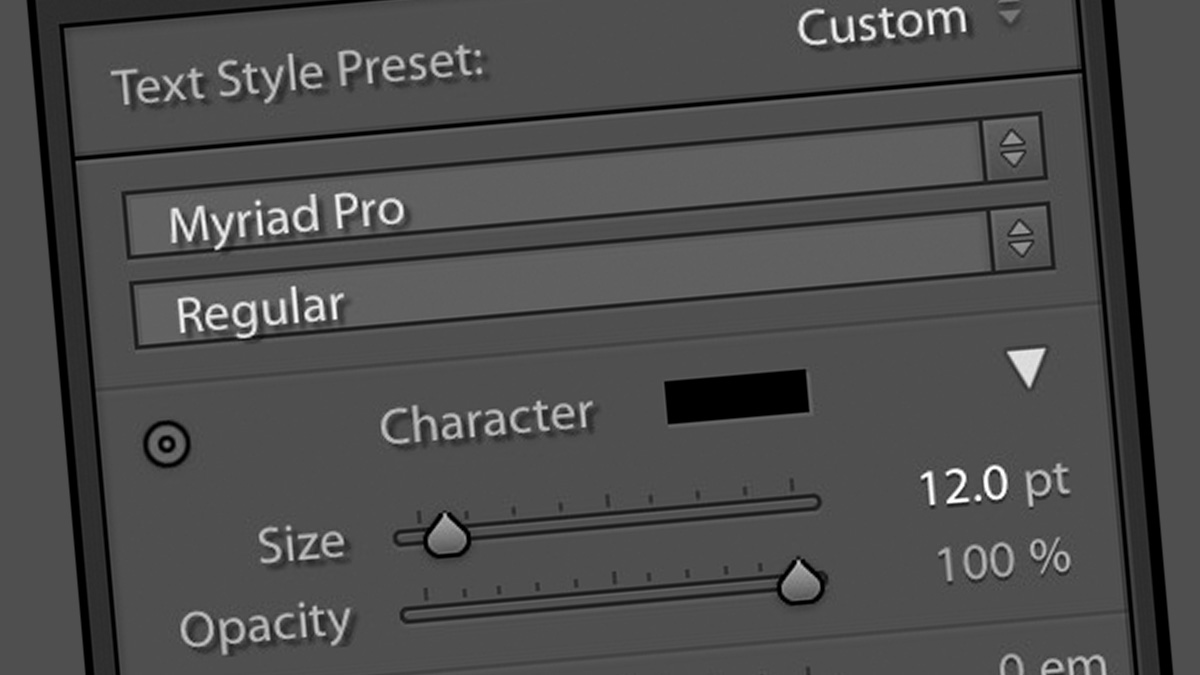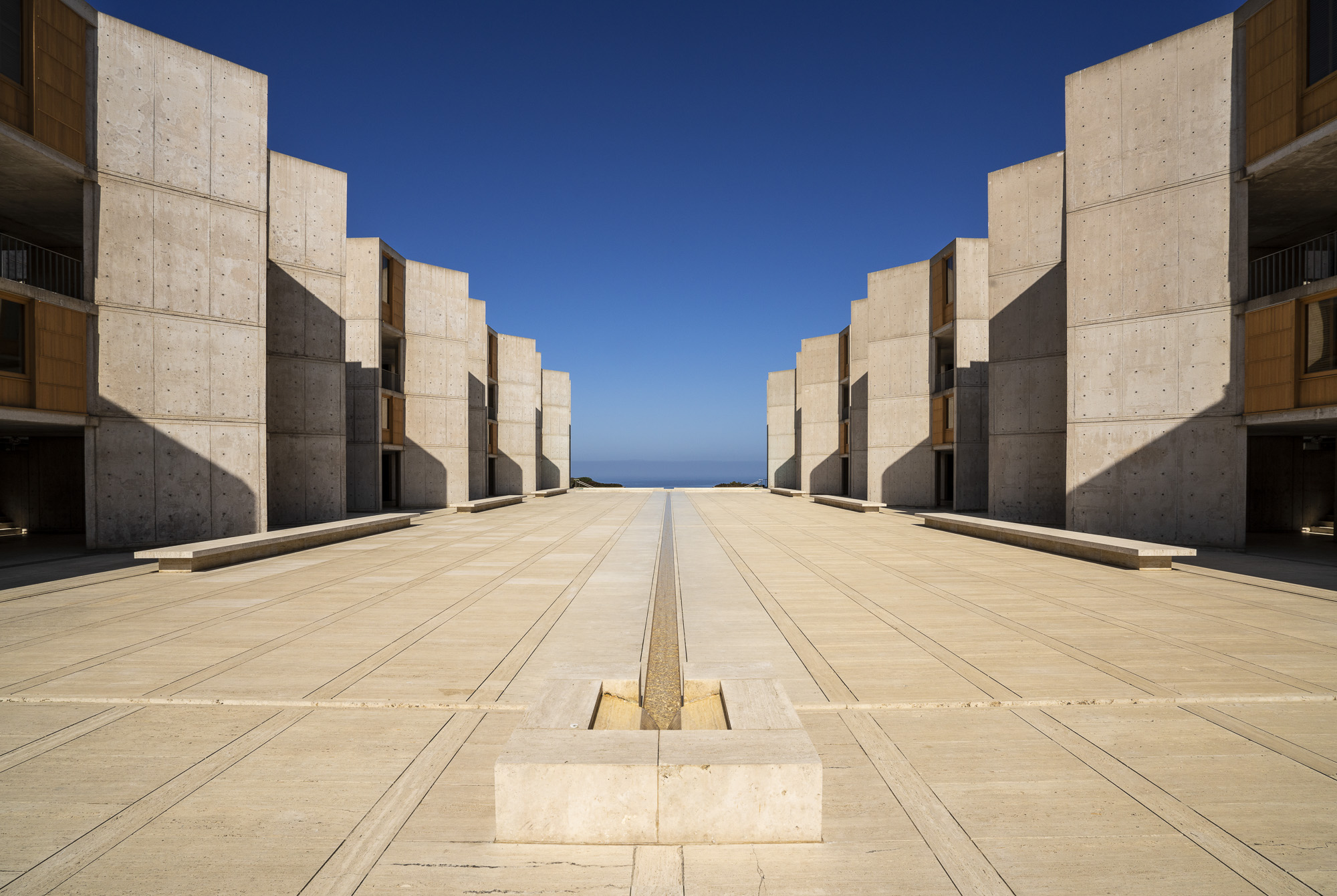I’m Dave Williams, here for #TravelTuesday at ScottKelby.com as always, and let me start by saying that right now I have zero trips booked! Zero! This is unusual for me, but I’ve got a lot going on with a new writing gig over at DIYPhotography, and I’m moving house this month. This is not good for me—I’m feeling very apprehensive and need to get a trip booked soon, so if anyone has any ideas of where I should go next, drop it in the comments!
This week, I want to address a subject which is very important in making our images stand out, and one which unfortunately seems to take a back seat. Depth! Giving our images the third dimension is very beneficial in keeping the viewer’s eyes on our image just a little longer. Considering a foreground, middle ground, and background is the simplest way to bring the third dimension to life, but there are some techniques that can help us do this. Lucky for you, I’ve slimmed it down into five steps! Let’s go!
Use Perspective
If we have different elements of a scene that provide perspective, we create a sense of depth. Converging lines do this very well. Converging lines draw our eyes through a subject, perhaps to another subject, and eventually end at the horizon.
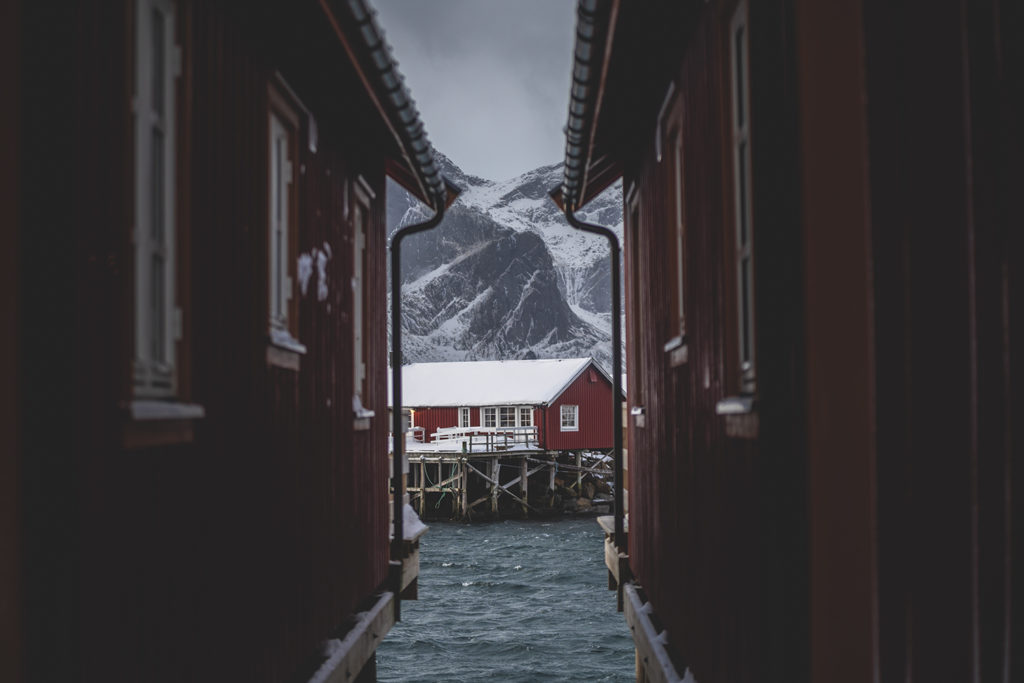
The lines of the roofs and floors of the cabins in the foreground, on either side, extend to the background and converge. They converge on the centre cabin, but could just as easily converge on the horizon and do the same job.
Use Leading Lines
Similarly to using converging lines, we can use leading lines to convey depth in a scene with fantastic results. A simple way to do this is to use a wide-angle lens, but any lens will work fine if we’re considerate about what we’re doing. The lines don’t even need to be obvious—they can be subliminal or subconscious and work great.
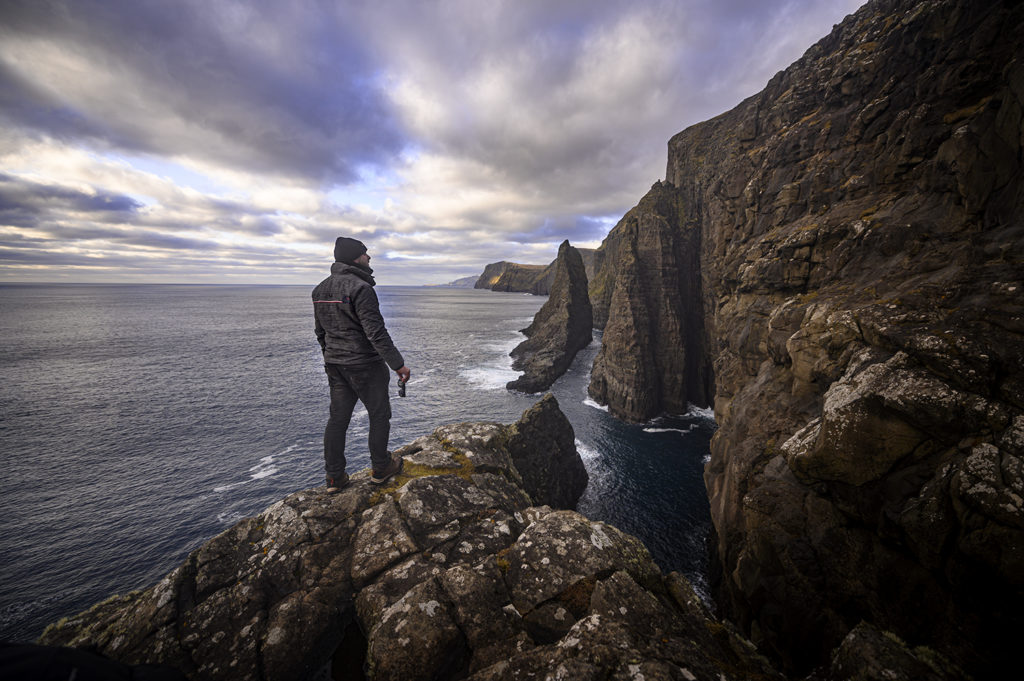
Everything in this shot leads the eye to the jagged stack in the sea—all the lines, the clouds, and even my gaze. Yes, it’s a selfie.
Go Aerial
Aerial shots add depth through both perspective and atmosphere. Incorporating atmospheric conditions into our shot helps convey a sense of depth and dimension.
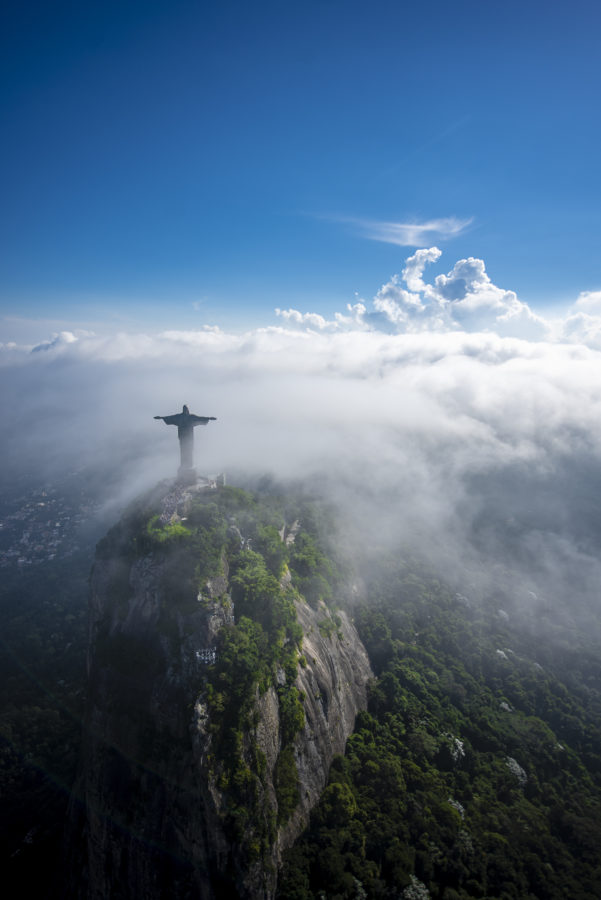
If we reinforce our aerial perspective through the use of another one or more techniques from this list, we are onto a winner.
Shoot Through Something
By literally adding another layer to our image we add a sense of depth. We can do this by using a part of the environment as a frame, or by selecting something like a plant to shoot through, focussing on either element to create the depth.
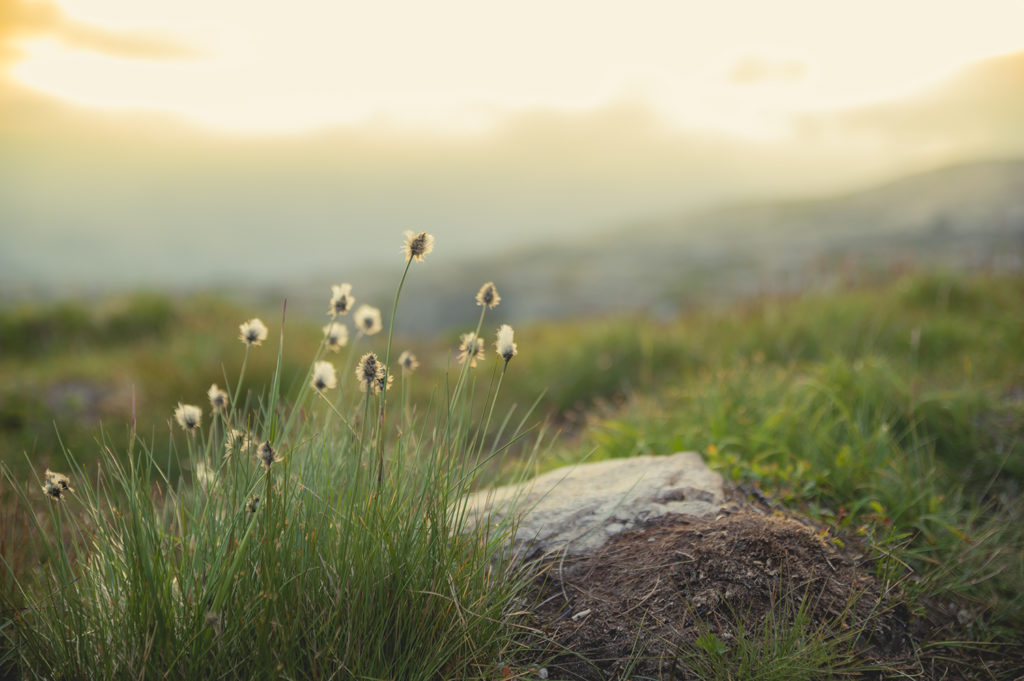
Consideration should be given to which element deserves focus. As you can see here, when I shot this grass on top of a Norwegian fjord, I decided it deserved the attention whilst the enormous depth of the background adds an enigmatic quality.
Isolate the Subject
By using depth of field to isolate our subject, we inherently create depth through bokeh. The blurred background helps to separate the subject from the background.
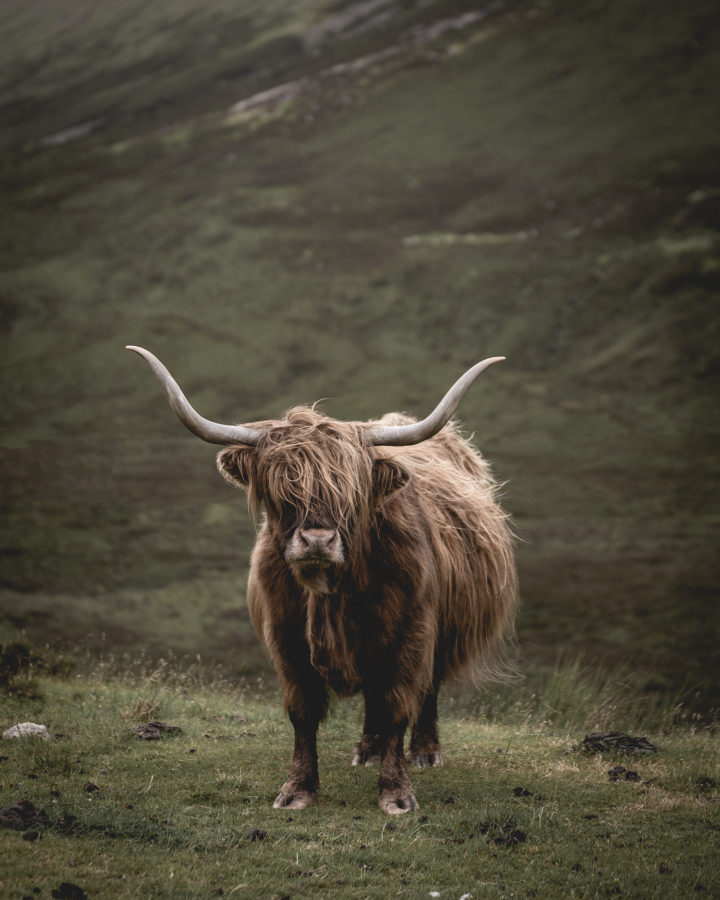
This Hairy Highland Cow was shot at f/2.8, which is a decent, wide aperture and lends itself to this kind of bokehed background.
How’s that for quick-fire education on a Tuesday!? I hope something in there was useful for you. But, seriously, I don’t have any trips booked! If you think of something, shout at me on my Insta. I’m feeling very tripophobic right now.
Define: Tripophobia [ trip-uh–foh-bee-uh ]
- (n) The fear of not having any trips booked.
Much Love
Dave



